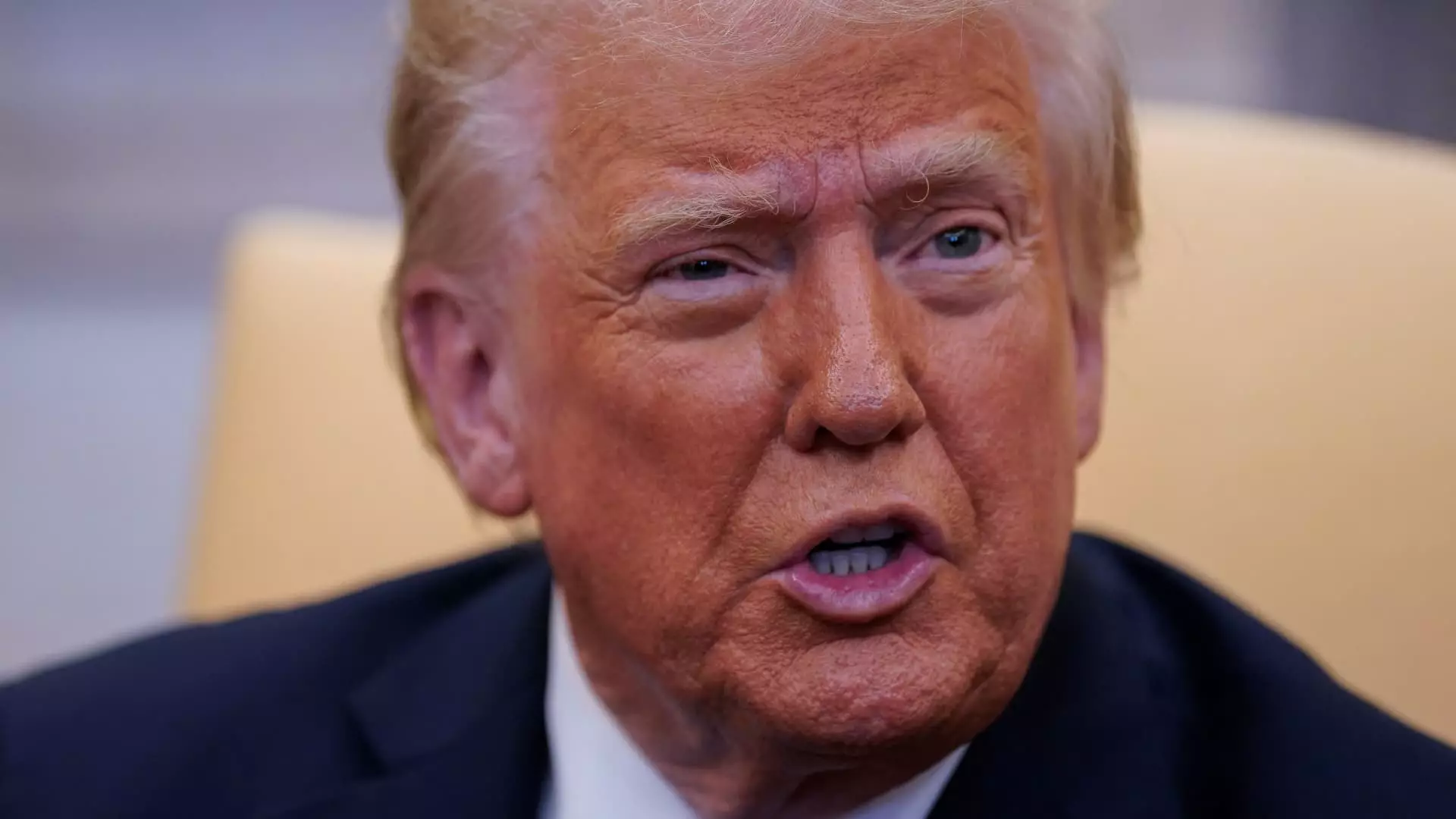In a surprising move, former President Donald Trump has called for an end to the production of new pennies in an effort to combat what he considers “wasteful” government spending. His statements reveal not only his belief that the manufacturing of pennies is an unnecessary expenditure, but also that it reflects a broader view on fiscal responsibility. Trump emphasized that producing pennies—which currently costs taxpayers more than their face value—poses a significant drain on national resources. The decision sheds light on ongoing discussions about currency and government spending, inciting further debate on whether certain denominations still hold value in today’s economy.
However, the legitimacy of Trump’s authority to unilaterally cease penny production raises constitutional questions. Article 1, Section 8 of the U.S. Constitution grants Congress the exclusive power to regulate coinage. While the Secretary of the Treasury does hold the power to mint coins, Trump’s direct order may skirt the fine line between executive action and legislative authority. This legal conundrum opens the door for potential judicial challenges. Analysts from TD Cowen have voiced their anticipation that any effort to stop penny production might withstand judicial scrutiny, which could lead to a practical shortage in circulation if enacted.
The implications of halting penny production extend beyond constitutional concerns and into the realms of economic strategy and consumer behavior. Jaret Seiberg from TD Cowen suggested that a decline in the penny’s availability could compel merchants to resort to more expensive means to acquire necessary coinage. This predicament not only puts financial pressure on business owners but also raises the stakes for banks. Such conditions could provoke necessary legislative action from Congress as the nation navigates the challenges associated with coin scarcity.
An additional factor is the accelerating trend towards electronic payment methods. A decrease in penny usage might accelerate a transition to digital transactions, benefiting companies such as Visa and Mastercard as they capitalize on consumers’ shift towards cashless commerce. As society leans more towards electronic platforms, the tangible value of small-denomination coins can and should be re-evaluated.
Financial scrutiny around penny production delineates a fascinating paradox: the Mint reportedly spends 3.69 cents to produce a one-cent coin—a stark juxtaposition to its face value. This absurdity has persisted for nearly two decades, prompting questions about the overall utility of retaining such coins in circulation. The ongoing costs of producing pennies, compared to their negligible purchasing power, signal a systemic inefficiency that many argue warrants a reevaluation of the currency system in its entirety.
President Trump’s directive to halt penny production encapsulates a larger discourse on government expenditure, constitutional limits, and shifting economic paradigms. As the nation grapples with the legality and practicalities of such a decision, the focus may well pivot towards how currency in all its forms can better serve the American people in a digital age. With an eye towards greater efficiency, it’s essential that stakeholders engage in meaningful dialogue about the future of money in the United States.

